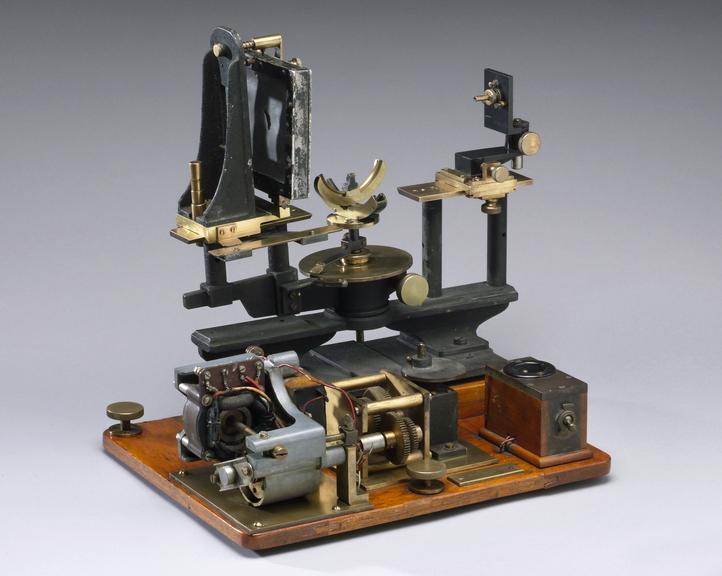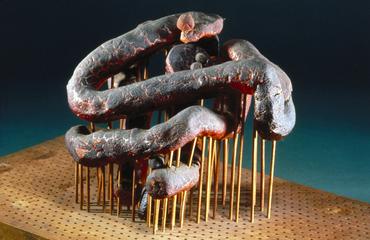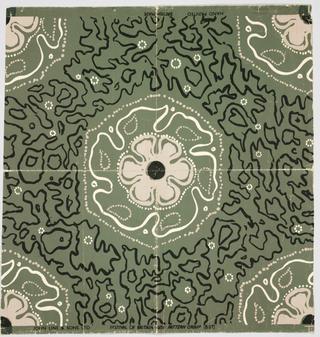J D Bernal's x-ray diffraction camera, United Kingdom, 1928
John Desmond Bernal (1901-71), an Irish physicist, used this X-ray diffraction camera at the Royal Institution in London. When X-rays are passed through crystals they scatter to create a pattern that can be used to determine the structures of molecules. Known today as X-ray crystallography, it was a crucial technique used to understand the structure of penicillin, DNA and insulin. Bernal was also interested in the social function of science and wrote widely on the history of science.
- Measurements:
-
overall: 1000 x 500 x 1000 mm (approximate)
- Object Number:
- 1963-44/7
- type:
- x-ray diffraction camera









